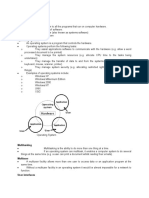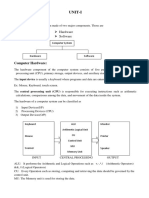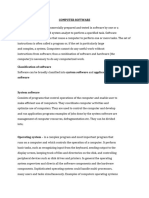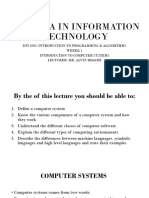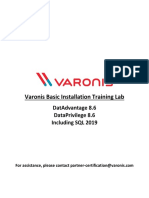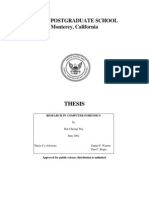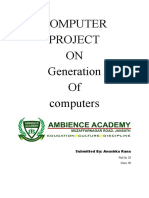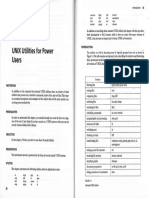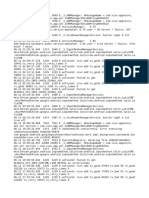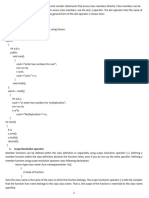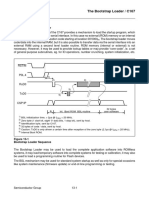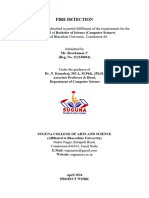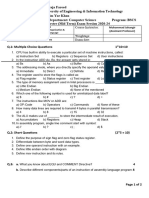0% found this document useful (0 votes)
45 views10 pagesComputer Notes
The document discusses the main types of computer software: system software and application software. It describes system software in detail, including operating systems, utility programs, and programming languages. It provides examples and functions of different types of system software.
Uploaded by
Yaboi MattCopyright
© © All Rights Reserved
We take content rights seriously. If you suspect this is your content, claim it here.
Available Formats
Download as PDF, TXT or read online on Scribd
0% found this document useful (0 votes)
45 views10 pagesComputer Notes
The document discusses the main types of computer software: system software and application software. It describes system software in detail, including operating systems, utility programs, and programming languages. It provides examples and functions of different types of system software.
Uploaded by
Yaboi MattCopyright
© © All Rights Reserved
We take content rights seriously. If you suspect this is your content, claim it here.
Available Formats
Download as PDF, TXT or read online on Scribd
/ 10













